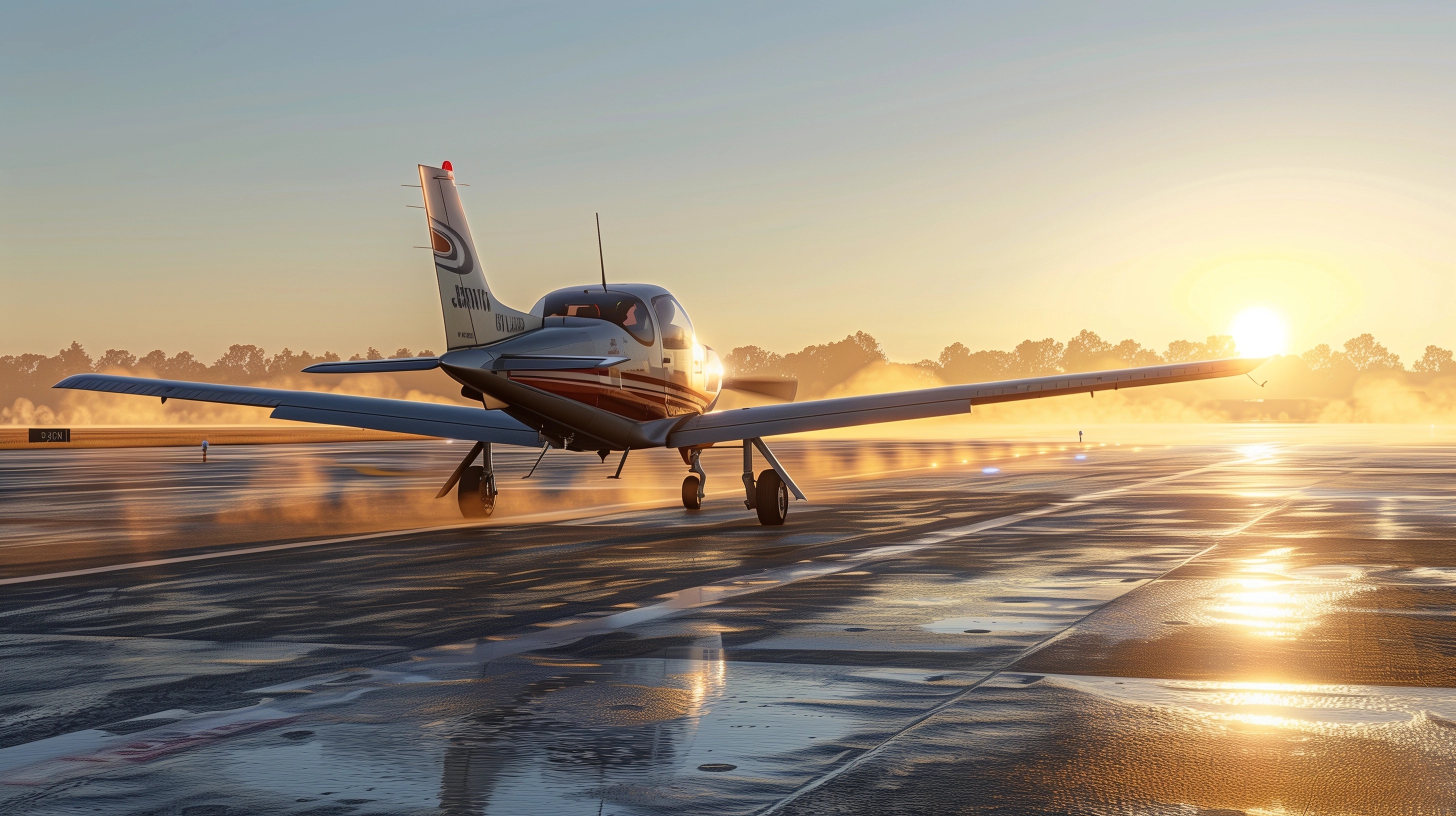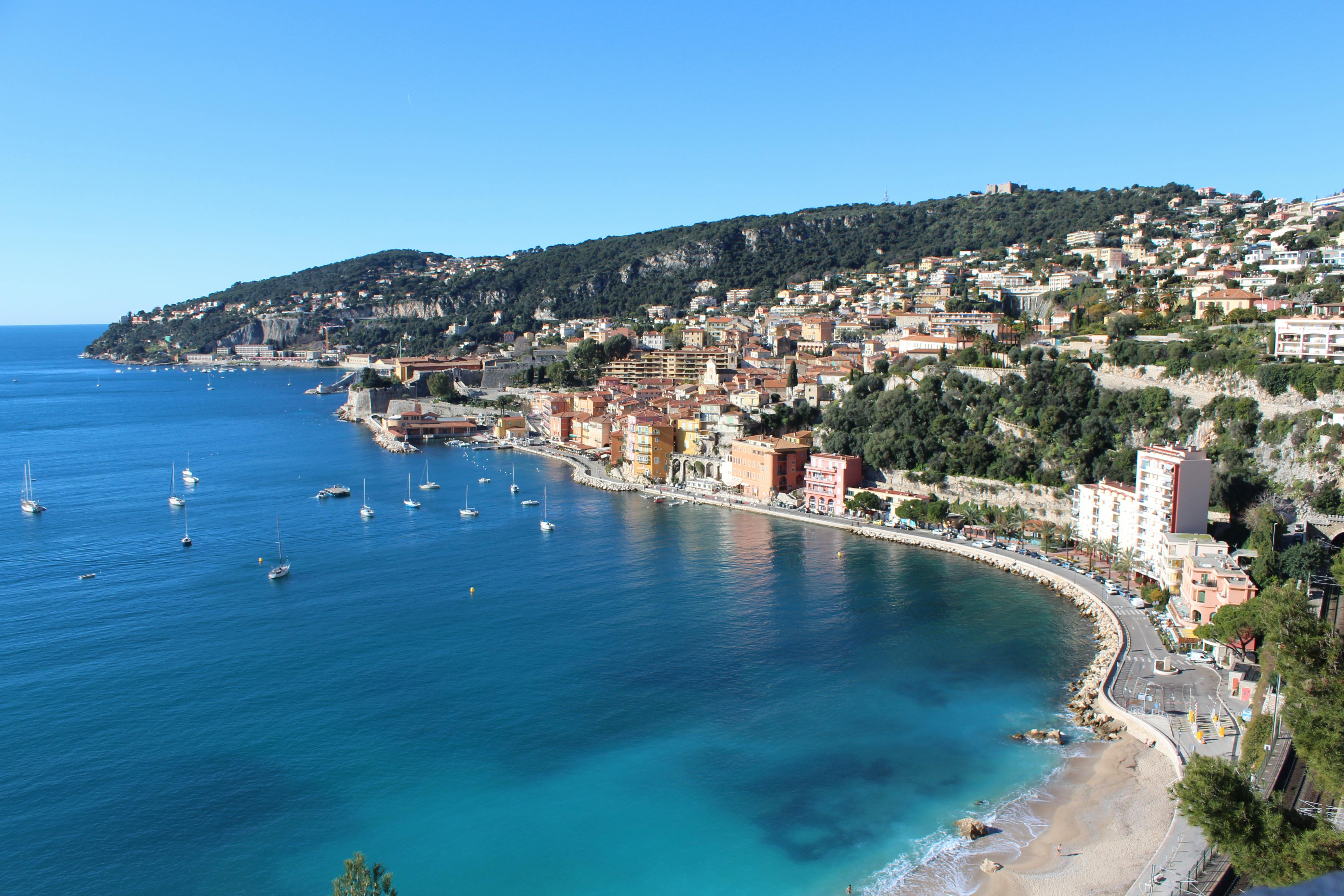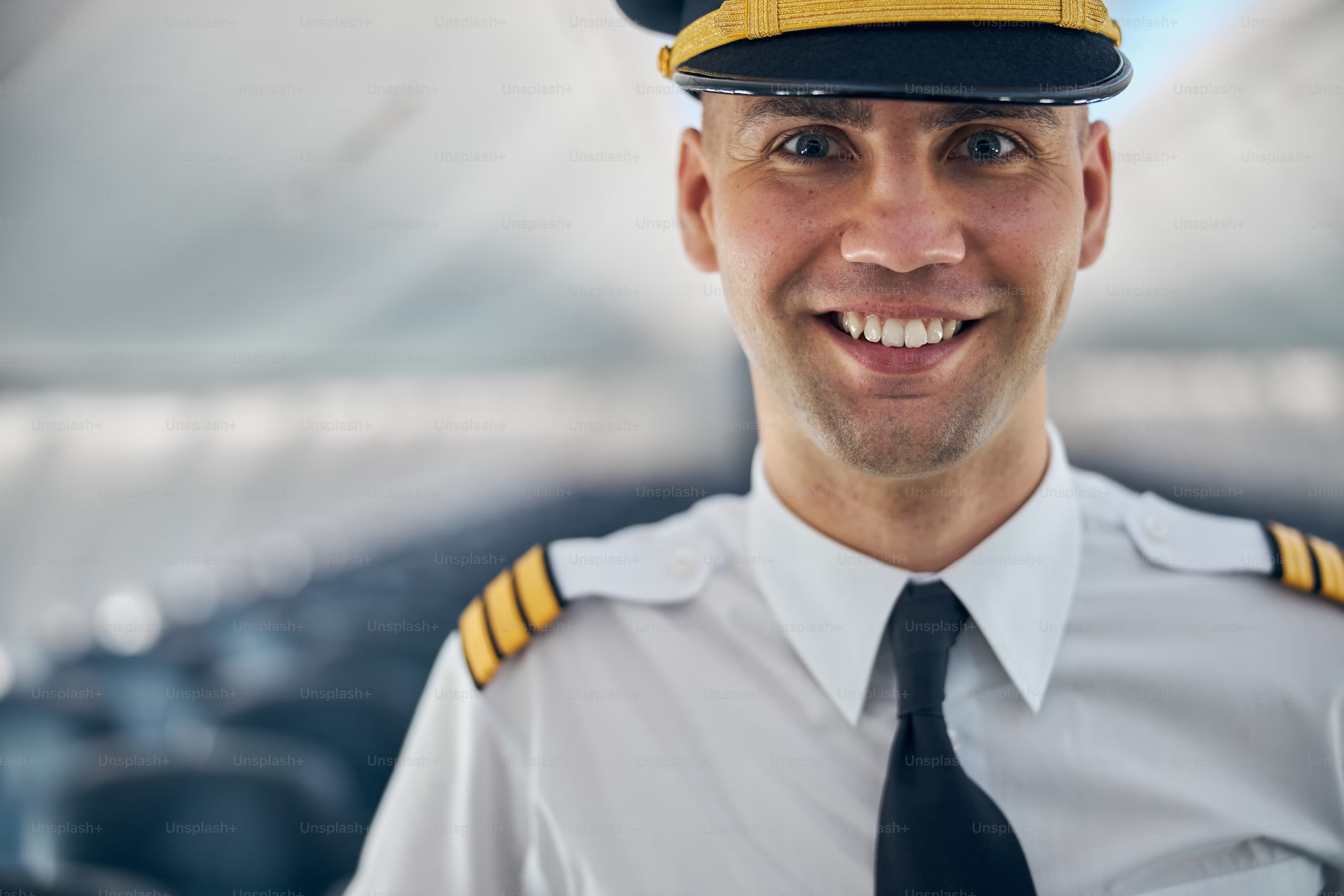how dangerous is porpoise landing
- 26 July 2024
When I was doing my PPL, I watched my friend had a propeller strike.
He had a porpoise landing, the plane bounced badly on the runway and eventually crashed at the middle of the runway.
Luckily, no one injured. But that accident remained in his career and the incident was notified to to NTSB.
We all know flying in windter can be dangerous. We talked about this in the last article.
But the hazards can be also pilot's performance, not solely the weather.
In this article, we'll talk about how dangerous is porpoise landing. Especially if you're student pilot!
The Dangers of Porpoise Landings: A Pilot's Nightmare
Porpoise landings are one of the most hazardous situations a pilot can encounter during the critical landing phase.
This phenomenon, named after the up-and-down motion of a porpoise swimming, can quickly turn a routine touchdown into a potentially catastrophic event.

What is a Porpoise Landing?
A porpoise landing occurs when an aircraft bounces on touchdown and enters a series of increasingly severe oscillations.
The nose of the plane alternates between pitching up and down, with each cycle potentially becoming more extreme.
This dangerous situation often results from approaching the runway too fast or landing with the nose gear first.
The Aeronautical Dangers
1. Structural Damage: The repeated impacts during a porpoise landing can cause significant stress on the aircraft's structure, particularly the landing gear.
In severe cases, this can lead to the collapse of the nose gear or damage to the airframe.
2. Loss of Control: As the oscillations intensify, pilots may struggle to regain control of the aircraft.
The rapid pitch changes make it difficult to apply correct control inputs, often leading to pilot-induced oscillations that worsen the situation.
3. Propeller Strike: In extreme cases, the nose-down attitude during a porpoise can cause the propeller to strike the runway, resulting in engine damage and a sudden loss of thrust.
4. Increased Risk of Fire: The violent motion and potential structural failures increase the risk of fuel leaks and subsequent fires.
Prevention and Recovery
The best way to deal with porpoise landings is to prevent them entirely. Pilots should:
- Maintain proper approach speeds. Watch airspeed and maintain Vref!
- Ensure correct aircraft configuration for landing
- Practice proper flare and touchdown techniques
If a porpoise landing begins to develop, the safest course of action is to execute an immediate go-around.
Attempting to salvage the landing by forcing the aircraft onto the runway often exacerbates the problem and increases the risk of a serious accident.
This is the reason why my friend had a propeller strike while a porpoise landing with his Piper.
Common mistakes pilots make
1. Approaching too fast: Flying at a higher than recommended approach speed can lead to floating and bouncing on touchdown, which can initiate a porpoise landing.
2. Not bleeding off enough energy in the flare: Touching down at too high a speed without properly bleeding off energy in the flare can cause the aircraft to bounce.
3. Improper flare technique: Flaring too much or too little can lead to ballooning or touching down nose-first, both of which can trigger a porpoise landing.
4. Landing nose-wheel first: Touching down on the nose wheel instead of the main gear can start the porpoising motion.
5. Forcing the aircraft onto the runway: After an initial bounce, trying to force the plane back onto the runway instead of executing a go-around can lead to porpoising.
6. Unstable approach: Flying an unstable approach with inconsistent speed or altitude can make it difficult to execute a proper landing.
7. Pilot-induced oscillations: Once porpoising begins, pilots may introduce oscillations by over-controlling the aircraft in an attempt to correct the situation.
8. Not executing a go-around: Failing to recognize when a landing is not going well and not performing a go-around when needed can allow a potential porpoise situation to develop.
To avoid porpoise landings, pilots should maintain proper approach speeds, execute correct flare techniques, land on the main gear first, and be prepared to go-around if the landing doesn't feel right.
Recognizing the early signs of a potential porpoise landing and taking prompt, decisive action is crucial for preventing this dangerous situation.
The Importance of Training
Recognizing and responding to a developing porpoise landing requires quick decision-making and proper technique.
Regular training and practice in various landing scenarios can help pilots build the skills necessary to prevent and, if needed, recover from these dangerous situations.
In conclusion, porpoise landings represent a significant aeronautical danger that all pilots should be aware of and prepared to handle.
By understanding the causes, recognizing the early signs, and knowing the appropriate recovery techniques, pilots can significantly reduce the risks associated with this perilous landing phenomenon.







